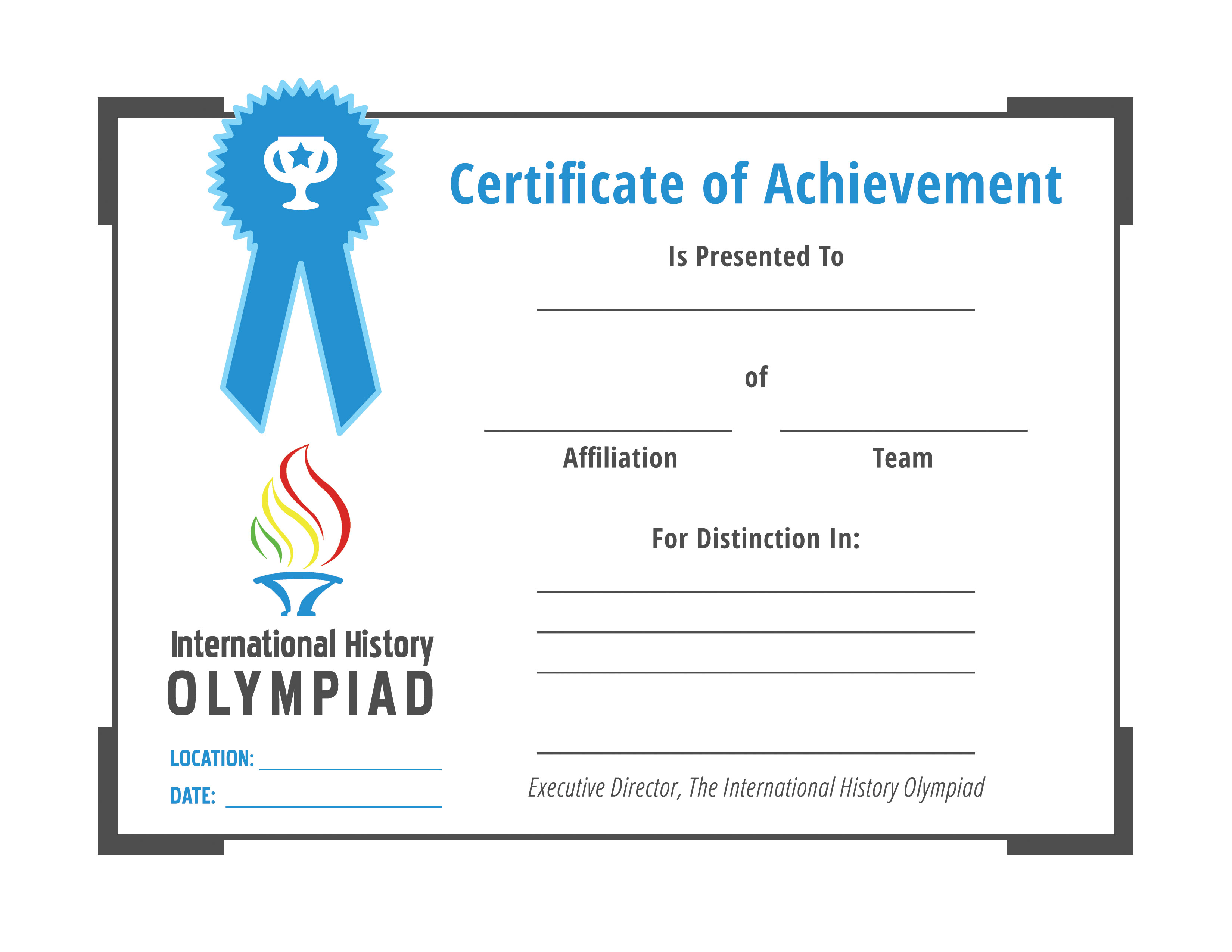
web graphic design certificate
one of the first questions you’ll need toaddress when you begin to create a website is which colors to choose for the design. not surprisingly, a website’s color paletteis one of the first things that site visitors notice, which is why it has such a fundamentalpart in the overall design process. colors influence a website’s look and style,but also play a significant role in that site’s performance. in other words, the colors you choose foryour website can impact its success in terms of visit duration, returning users, clickrates, or sales. so how do we proceed with choosing the perfectcolors for a professional website?
this is where color theory comes into play. color theory is an important concept in artand design. at the heart of color theory is the colorwheel. i’m sure you’ve seen it before. it looks like this. [show in vg] the color wheel is an illustrated organizationof colors, based on the relationship between them. the base of the wheel is comprised of thethree primary colors – red, blue and yellow.
added between those are the secondary colors– green, orange and purple. in the elementary color wheel, which has 12colors, the additional six tertiary colors are added, formed as a mix of the primaryand secondary ones – yellow-green, green-blue, blue-purple, purple-red, red-orange, orange-yellow. also common is the 24 hues color wheel, whichhas a more elaborate breakdown. the color wheel is divided into two generalcategories: warm colors, which revolve around yellow, orange and red – including mostbrown hues – and on the opposite side are the cool colors, revolving around blue, greenand purple – including most gray hues. there’s no right or wrong in choosing warmor cool colors.
the choice depends on the effect you wantto achieve. warm colors are considered to be stimulating,and convey action and vitality. cool colors, on the other hand, are consideredto be tranquil, and have a calming effect. whether you choose to work only with coolor warm colors depends on your brand identity and on the atmosphere you want to create onyour site. of course, combining warm with cool is alsoa possibility. successful color combinations follow a setof color schemes, most of which are based on the position of the colors on the wheelitself. for instance:complementary scheme: this formula takes two
colors that are positioned exactly oppositefrom each other on the color wheel, like red with green, or yellow and purple. using two contrasting colors together makesyour design more lively. to create a full scheme, add a neutral colorto the complementary duo. beige, light browns, light grays, black orwhite. analogous scheme: in this formula, you’lluse three colors that are adjacent to each other on the wheel, like orange, yellow-orangeand yellow, or purple, purple-blue and blue. any three colors that sit next to each onthe wheel harmonize well, because of their closeness.
color triad: ready to use some geometry? the color triad scheme takes any three colorson the wheel that are of an equal distance from each other, forming a perfect equilateraltriangle. possible combinations would be yellow-green,orange-red and purple-blue, or yellow-orange, red-purple and blue-green. this scheme tends to be very vibrant. you’ll want to create a balance where oneof the colors dominates, and the other two are supporting colors. split complementary scheme: with this formula,start by choosing one color, and adding the
two colors that sit right next to its complementarycolor (creating an isosceles triangle). possible combinations here would be red, yellow-greenand blue-green, or purple, yellow-orange and yellow-green. this scheme offers a refined contrast, onethat isn’t quite so bold as the regular complementary one. tetradic scheme: here you will be forminga scheme from two pairs of complementary colors, making a rectangle on your wheel. for instance, you could combine yellow-orange,yellow-green, blue-purple and red-purple. this scheme is particularly rich.
you don’t want color-chaos on your website,so pick one color to set the tone, and the rest to add a nuance. monochromatic scheme: as the name implies,this scheme utilizes different hues of the same color. you could use a wide spectrum that includesthe darkest and lightest hues of that color or narrow it down by using the tones aroundeither the dark or the light area. monochromatic color schemes have a clean andminimalist visual impact. achromatic scheme: your classic black andwhite, possibly accompanied by gray (but not as the dominant color).
and there you have it. a quick look at color theory and how you canuse colors in different ways to design your website. thanks for watching! bye for now.
Tidak ada komentar:
Posting Komentar